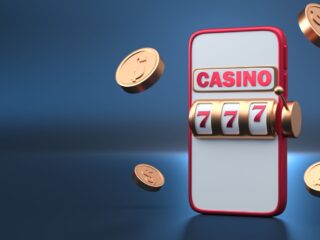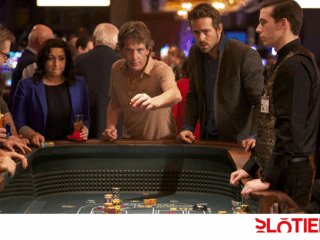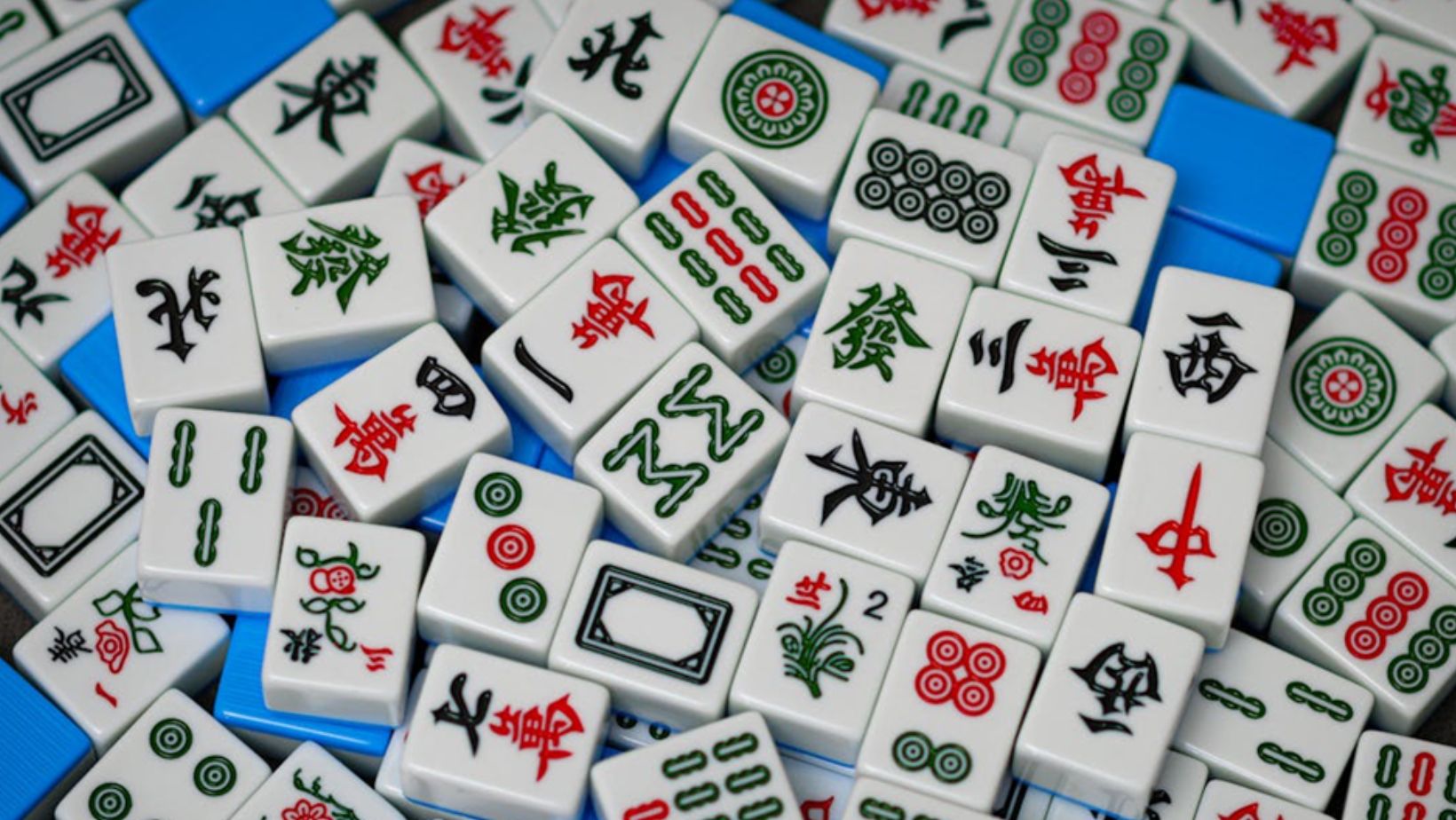
What began as a casual game played in Chinese homes during the mid-1800s is now one of the most famous pastimes in the world. It can be found in its box in thousands of homes across the globe, or even accessed online or on consoles. It is a game that has captured our attention for generations. However, most people don’t know the long and complicated history of the game, nor how it rose to its popularity in the 20th century. In this article, we’ll explore just that, so read on to learn all there is to know about this beloved game.
What is Mahjong?
Like many popular casino-esque games, mahjong is a four-player card game that expertly balances chance and skill. 144 tiles comprise Mahjong, each displaying a Chinese icon that relates to a specific ‘suit’, which in turn represents a form of the ancient Chinese currency.
The game aims to have the best hand when it comes to the game’s close. This can be done by collecting four sets (melds) and a pair. The sets should contain either three consecutive tiles in the same suit (a ‘chow’) or three identical tiles (a ‘pung’.) As the game progresses, players take turns to either draw or discard their tiles and are even able to reclaim the tiles that have been discarded by another player.
Although like any good board game, it’s traditionally kept in a box and played over a table, Mahjong can now be accessed on many other digital mediums. There are even some online versions that allow players to try their hand at the game for real money. Visit Mahong365 to learn some strategies before making a wager and testing both your skill and the hands of fate.
Community and Development
The author of the global bestselling book, Mahjong: A Chinese Game and the Making of Modern American Culture, Annelise Heinz has completed extensive work researching and understanding the history of the game. In her work, she has drawn attention to a very clear distinction between Mahjong and similar games like poker, and that is the time the players must spend together.
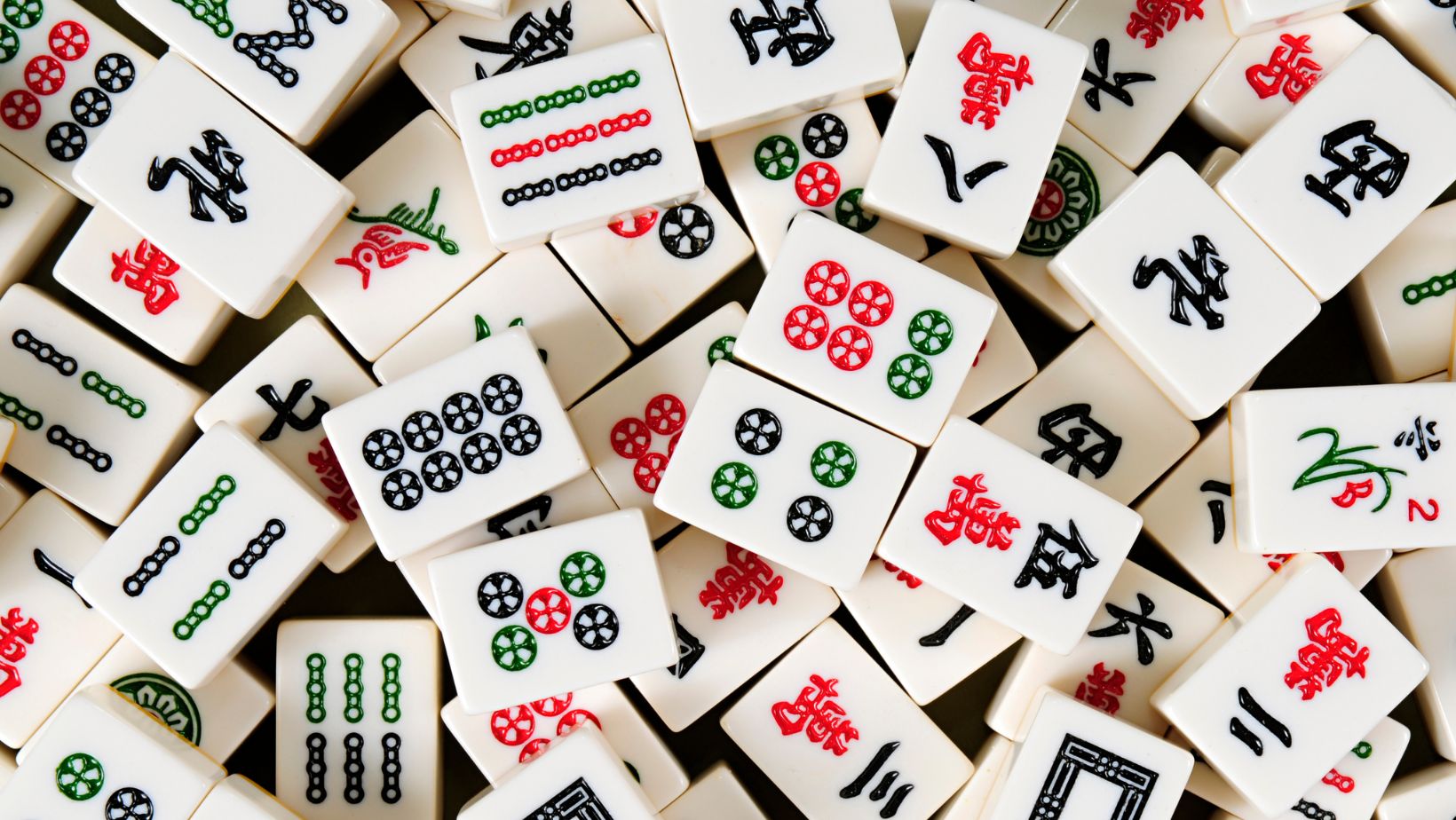
In poker, cards can be shuffled in seconds, and players can retain an air of cold indifference to their opponents easily. In Mahjong, however, it takes an extended duration of time to reset the tiles after each round, which helps facilitate conversation and understanding between opponents.
Heinz has also drawn our attention to how far across the globe Mahjong has reached. There are now over 40 different official iterations of the game played all across the world, but each one is recognizable as Mahjong due to the iconic tiles.
A Complicated History
Mahjong first came to life in the mid-1800s in Southern China. The Qing dynasty was coming to an end, and gambling games seemed to be appearing across the country. When the tiles in a Mahjong game are shuffled, they make a sound similar to a bird, and because of this, Mahjong (meaning Sparrow) got its name. The game remained in Southern China for a while, played mostly by men, in their homes, with little to no monetary involvement.
But that all changed in the 1920s when Joseph P. Babcock, an American businessman, introduced the game to the people of America. It took no time to take off. Suddenly, it was everywhere across the US and making its way further across the globe.
The group that seemed to favor it most were white wealthy American women who seemed endeared by the Chinese heritage of the game. It was common for them to dress up in Chinese-inspired costumes to play and learn the pronunciation of Chinese words. This is especially controversial when we frame these events in the context of the time period. During and after World War II marked the beginning of an intense anti-immigrant movement in America, which intensely targeted those of Asian descent. Yet alongside this, the game that had itself come from Asia continued to gain popularity.
One of the reasons for this comes from the marketing attempts to remove the game from its original creators. Of course, due to the nature of the game itself, it would have been impossible to sever it from its Chinese roots altogether. Instead, marketers began a false narrative that the game was, in fact, thousands of years old, had been created by Confucius, and played by members of an ancient Chinese court. And there it was, the game could now be viewed as separate from its own heritage, and was elevated to a status above the racist opinions towards Chinese immigrants that were still rife at the time.
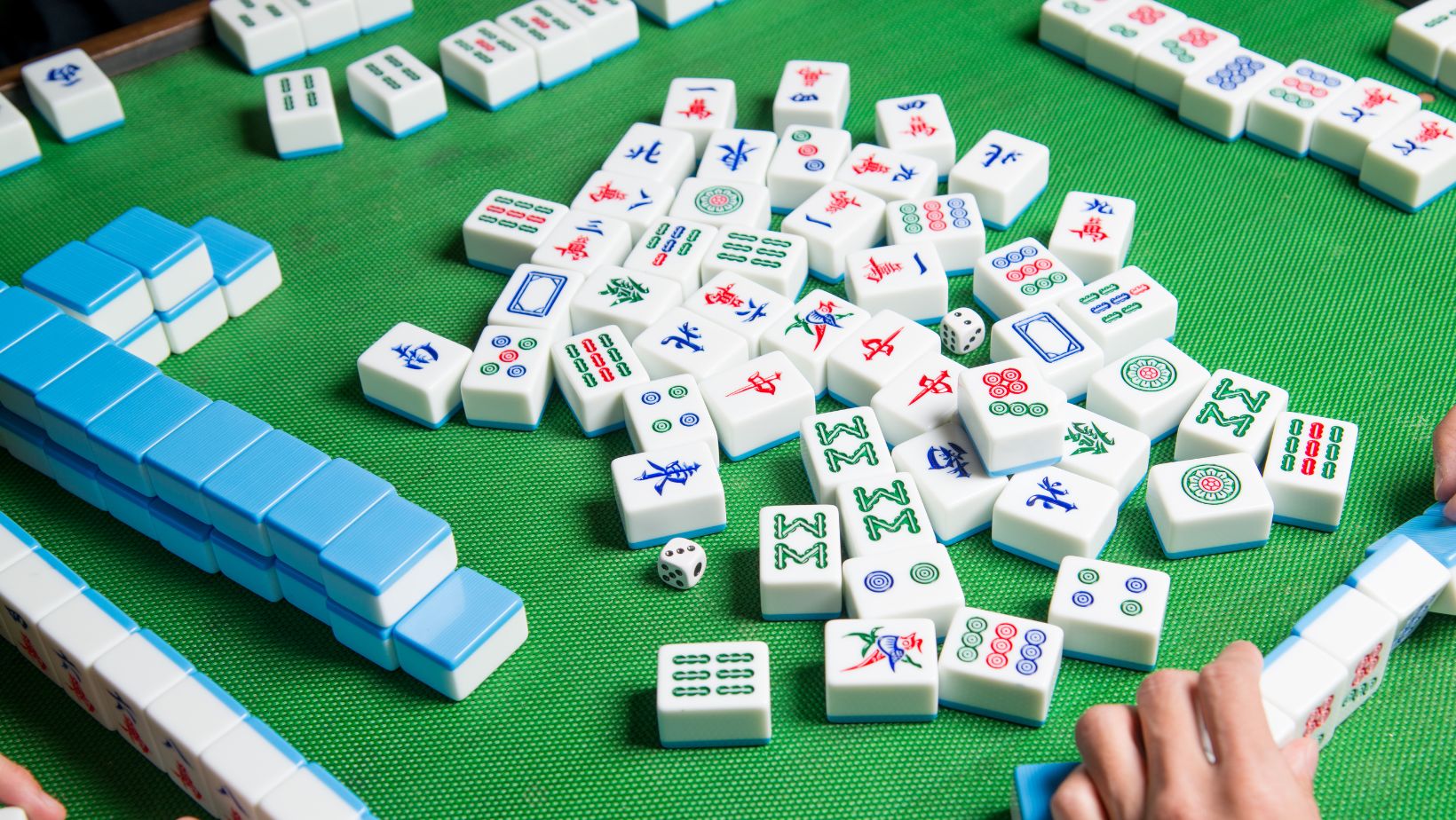
As you can imagine, the West’s overtaking of the game, and its sudden catapult into capitalist society, was not taken well in China and the game was actually banned for forty years in its own country of origin.
Mahjong Today
The Mahjong craze amongst white Americans may have ended, but that doesn’t mean the game still doesn’t have a major part in the homes of countless people across the world. In fact, despite its history of separating and marginalizing groups, Mahjong has once again begun to bring people together. The slow pace of the game and the moments of extended quiet have helped marginalized groups across the US build a sense of community. It has become a popular pastime among African American clubwomen, suburban Jewish women, and even incarcerated Japanese Americans.
The game is still popular, but something is fitting about its value to these groups. Its return to the hands of the marginalized, and the respect it is once again being given.



